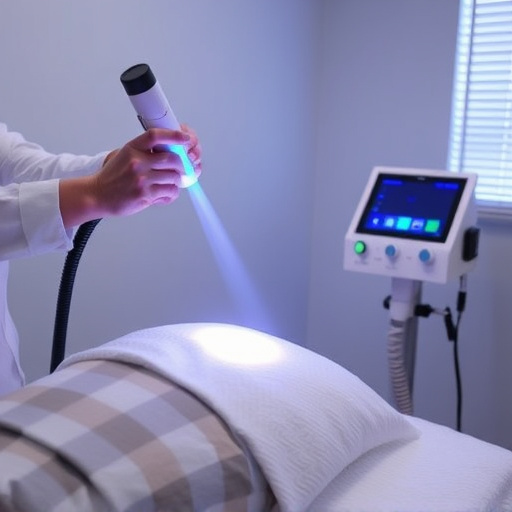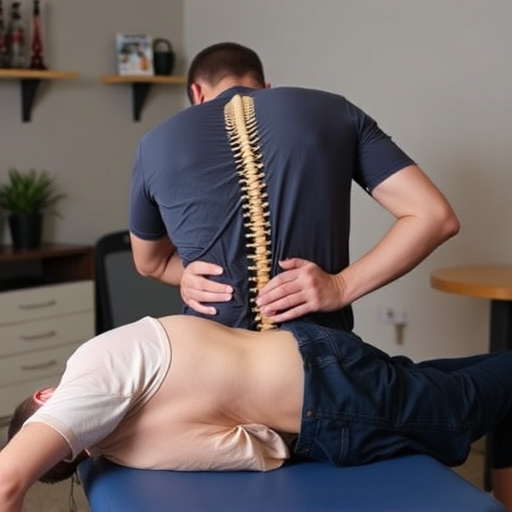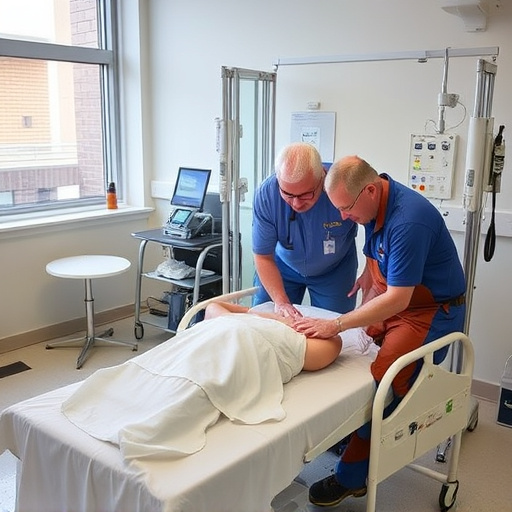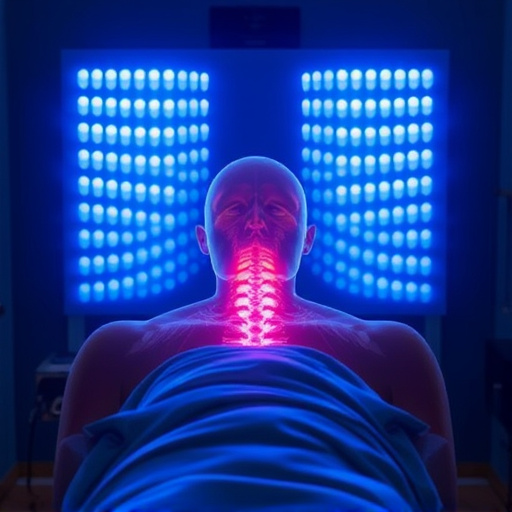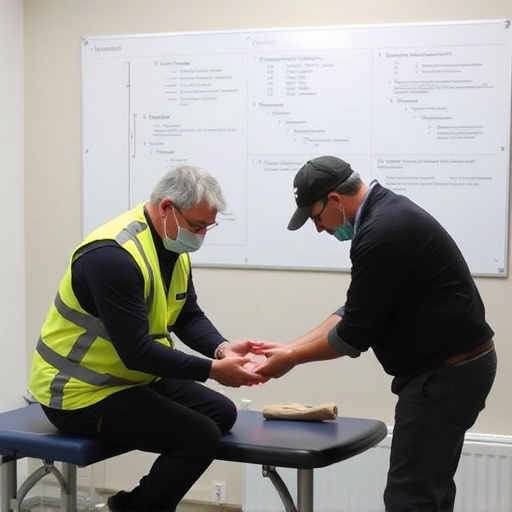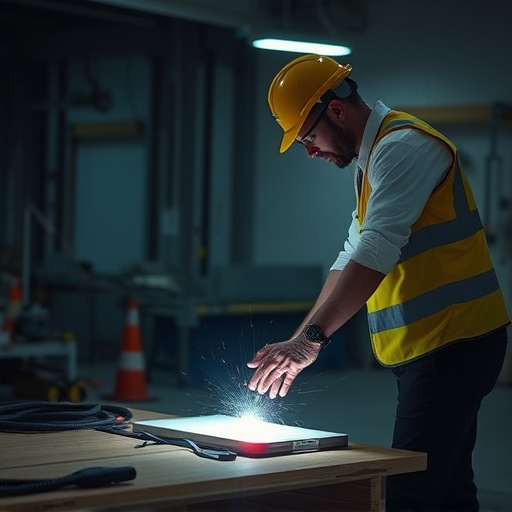Repetitive strain injury (RSI) is a common condition caused by repetitive tasks and prolonged postures, leading to muscle discomfort and potential long-term damage. Early intervention is crucial for management. Ergonomic tools like ergonomic keyboards and adjustable desks prevent and treat RSI symptoms by promoting neutral body positions and alternating between sitting and standing. Targeted braces support overworked muscles, joints, and tendons, facilitating natural healing with non-invasive treatments like chiropractic care.
Repetitive strain injury (RSI) is a common yet debilitating condition caused by repetitive tasks, affecting millions globally. This article explores effective strategies to combat RSI, focusing on ergonomic tools and supportive braces. We delve into understanding RSI’s causes and symptoms, offering practical solutions for daily life. Discover top ergonomic tools designed to prevent and alleviate strain, alongside targeted braces for specific areas affected by RSI. By implementing these measures, individuals can find relief, enhance comfort, and accelerate recovery.
- Understanding Repetitive Strain Injury: Causes and Symptoms
- Top Ergonomic Tools to Combat RSI in Daily Life
- Effective Braces for Targeted RSI Support and Recovery
Understanding Repetitive Strain Injury: Causes and Symptoms

Repetitive Strain Injury (RSI) is a common condition affecting individuals across various professions and hobbies. It arises from repetitive tasks or sustained positions, leading to discomfort, pain, and potential long-term damage in muscles, tendons, and nerves. Causes include excessive typing, heavy lifting, prolonged mouse use, or awkward posturing. Symptoms often manifest as muscle aches, tenderness, numbness, tingling, or weakness in the affected body parts. For example, carpal tunnel syndrome is a type of RSI characterized by hand and wrist pain radiating to the arms. Early recognition is crucial for effective rehab services and injury rehabilitation.
If left untreated, RSI can result in chronic pain, reduced mobility, and impaired functionality. Individuals experiencing sciatica relief may also find that managing RSI involves adjustments to daily activities, ergonomic improvements at work or play, and sometimes, the use of supportive tools and braces. These aids help alleviate strain, promote healing, and restore comfort during recovery.
Top Ergonomic Tools to Combat RSI in Daily Life

In today’s digital age, repetitive strain injury (RSI) has become increasingly prevalent due to prolonged periods spent using computers and other electronic devices. To combat this growing issue, adopting ergonomic tools can significantly alleviate symptoms and foster a healthier work environment. Among the top picks are ergonomic keyboards and mice, designed with specialized layouts and features that promote neutral wrist and hand positions, reducing strain on muscles and tendons.
Additionally, adjustable desks and standing workstations offer personalized treatment plans for individuals seeking relief from RSI. By allowing users to alternate between sitting and standing, these desks contribute to improved blood circulation and reduced muscle fatigue. Incorporating such ergonomic tools into daily life can complement injury rehabilitation efforts and enhance overall productivity while mitigating the risks associated with prolonged repetitive motions.
Effective Braces for Targeted RSI Support and Recovery

When dealing with repetitive strain injury (RSI), finding the right support tools can significantly aid in recovery and alleviate discomfort. One effective solution is the use of targeted braces designed specifically for RSI. These braces provide much-needed stability to overused muscles, tendons, and joints, allowing them to heal naturally while preventing further strain.
Non-invasive treatment options like chiropractic care and specialized braces have gained popularity due to their ability to promote muscle recovery without surgery or strong medications. Chiropractic adjustments, combined with the use of wrist, elbow, or shoulder braces, can create an optimal environment for healing. This approach not only offers relief from RSI symptoms but also fosters faster and more effective muscle recovery.
Repetitive strain injury (RSI) is a common yet debilitating condition, but with the right tools and braces, recovery and prevention are achievable. By understanding the causes and symptoms of RSI, individuals can take proactive steps to combat this injury in their daily lives. The ergonomic tools discussed in this article offer much-needed support for those dealing with RSI, while specific braces provide targeted relief and stability during recovery. Incorporating these solutions into routines can significantly enhance comfort and productivity, ultimately enabling folks to get back to their regular activities without the pain and discomfort associated with repetitive strain injury.








